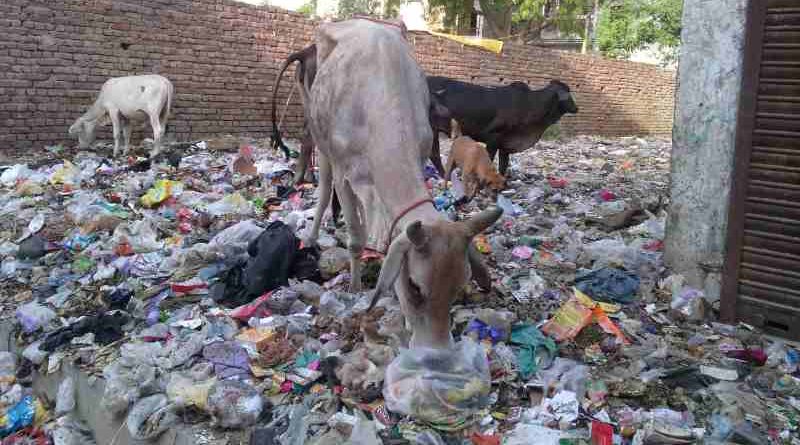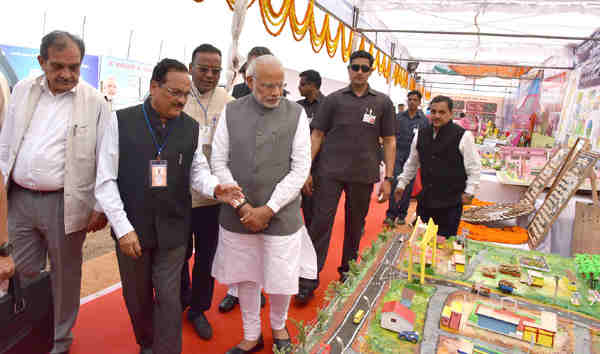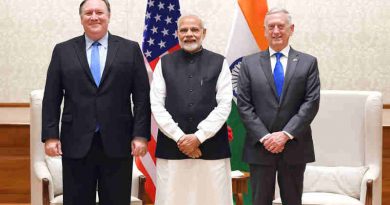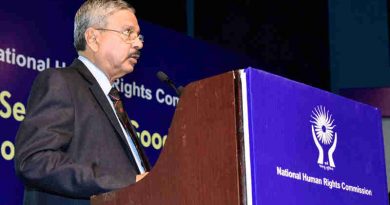World Cities Day: How India Is Destroying Its Cities

Cities are increasingly the home of humanity. They are central to climate action, global prosperity, peace and human rights. ~ UN Secretary-General Ban Ki-moon
By Rakesh Raman
Currently, more than half of all people live in cities and human settlements, and that proportion is projected to grow to two thirds by 2050.
Reaffirming the importance of cities, the UN Secretary-General Ban Ki-moon’s has conveyed his message for World Cities Day, observed on 31 October.
“Cities are increasingly the home of humanity. They are central to climate action, global prosperity, peace and human rights,” Ban Ki-moon said in his message.
However, there are many underdeveloped countries in the world that have completely ignored their cities.
Take India’s capital New Delhi, for example. It has become a veritable hell for the residents, as the city is facing multiple administrative and environmental threats from increasing pollution, dirtiness, rampant corruption, agonizing vehicular traffic, and so on.
And the Delhi state as well as the Indian government has failed to take any steps to protect the rights to clean and peaceful living for millions of people in the city. [ Click here to read the full story on New Delhi. ]

If this is the situation in the capital Delhi, you can imagine the sorry plight of other cities and towns of India. They are virtually on the brink of disaster, while the Indian government is making false claims about the cleanliness in the country.
Read the Following Articles to Know the Truth Behind ‘Clean India’:
[ Is New Delhi the Dirtiest City of the World? ]
[ Welcome to the Smart City of Stray Dogs ]
[ Can ‘Clean India’ Clean India? No Way. ]
[ New Delhi: Where Deadly Pits Are Called Roads ]
[ Rhetoric and Reality of Swachh Bharat Abhiyan ]
But Ban Ki-moon suggests that to transform our world, we must transform its cities. “Crime, pollution and poverty are taking their toll on hundreds of millions of city dwellers. By investing in cities, we can advance progress across societies,” said Ban Ki-moon.
Momentum is building, he said. The recently concluded Habitat III Conference adopted the New Urban Agenda, a vision for cities that are just, safe, accessible, affordable, resilient and sustainable.

This marked a milestone in setting global standards for sustainable urban development, sparking new thinking on how we plan, manage and live in cities.
Together, with the other new global frameworks and agendas — the 2030 Agenda for Sustainable Development, the Agenda for Humanity, the Sendai Framework for Disaster Risk Reduction and the Addis Ababa Action Agenda — this New Urban Agenda will put sustainable urbanization at the centre of our efforts to eliminate poverty and achieve development and prosperity for all. It can also complement the Paris Agreement on climate change, observed the UN Secretary-General.
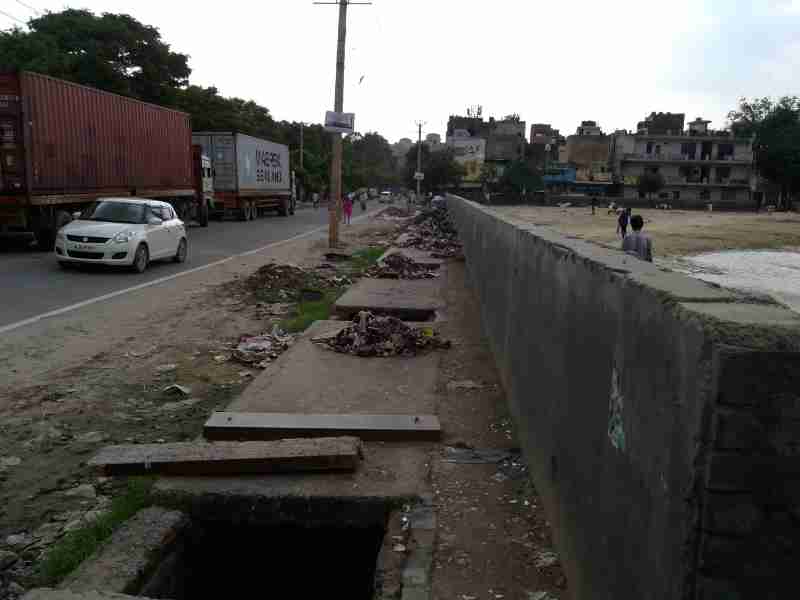
He said local action is essential to realizing the potential of these global agreements. On World Cities Day, let us renew our resolve to confront urban problems and forge lasting solutions. Together, he said, we can show how success in cities inspires change across the world.
Note: The above pictures are recent; taken over the past one year or so – around 2015 and 2016.
By Rakesh Raman, who is a government award-winning journalist and runs free school for deserving children under his NGO – RMN Foundation.

